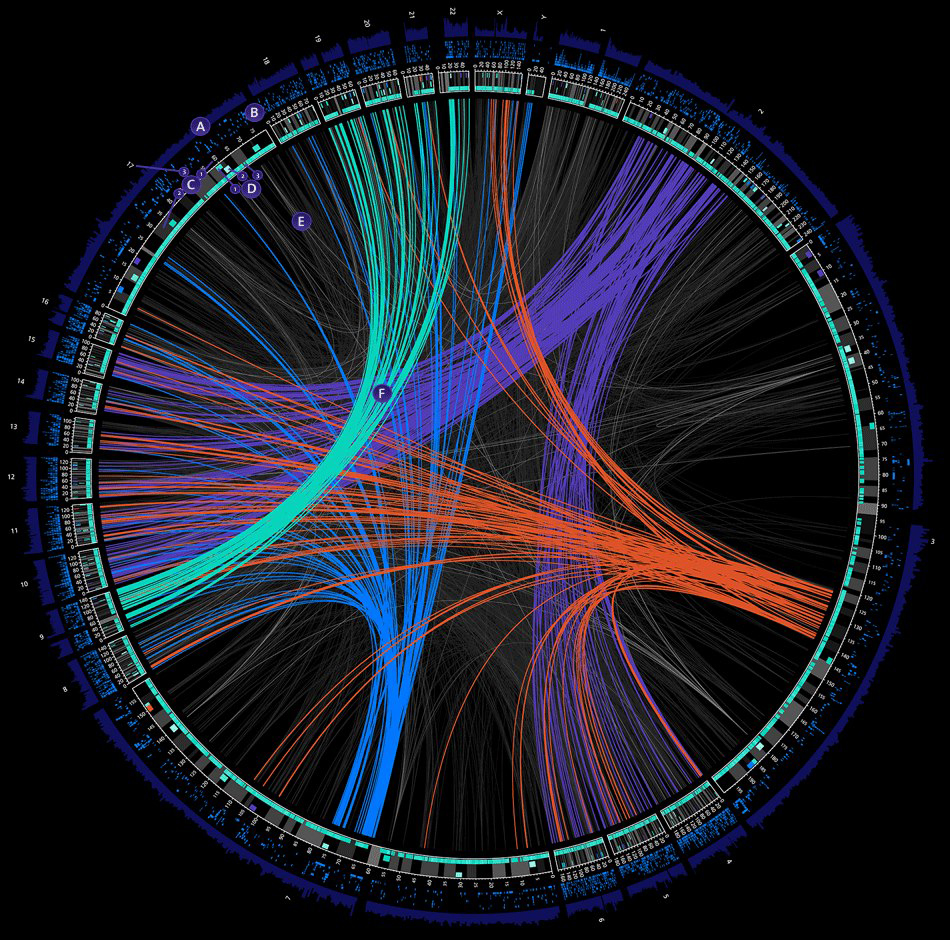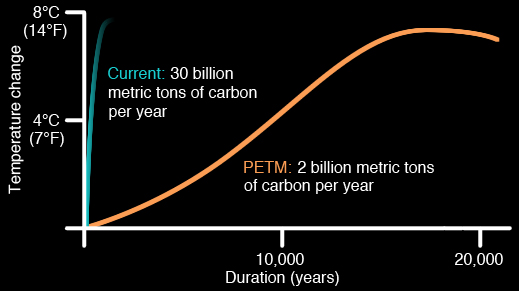In this leg of the journey in Australia the theme “On the Future of Species” dominates the episode.
Darwin absolutely had no clue on how genetic information from parents were transmitted to the offspring and he was perfectly aware of his situation. On the other hand, while he was writing his book battling with hereditary questions, an Augustinian friar with a scientific mind was carrying out his experimental crosses in a monastery which was going to lay the foundations of genetics.
Our neolithic ancestors domesticated animals and plants through the traditional breeding method of “selective breeding”. The characters our ancestors chose were the most obvious ones usually under the control of one or two genes which were low hanging fruits in terms of domestication. Today armed with scientific knowledge of evolution and genetics we can carry the process of domestication to new levels to counter more challenging problems such as global warming. Disruption of food supply through agricultural failures would be one of the most imminent effects of climate change.
Complex traits are under the control of many genes. Here in the documentary we see an example from cows where semen collected from bulls with desirable characteristics are “catalogued” in deep frozen state. Genetic analysis of the DNA from both parents determines future matings. Breeding using genetic markers as guide is called marker assisted selection. This is especially useful when the exact genes for a trait aren’t known. Known locations near the candidate genes which might be responsible for the trait makes selection more accurate. Same is possible for every living species and is already being used on many agricultural crops. Marker assisted selection is used to find individuals that have drought and disease resistance. Similarly complex traits such as higher photosynthetic efficiency or efficient fertilizer uptake can be selected. There’s a possibility that even ability to fix nitrogen like legumes can be selected in other crops.
Another way of breeding improved and even entirely new crops is to cross species (thank you Mendel) that are closely related. Some of these interspecies crosses happen naturally. Modern wheat carries the genomes of three grass species that interbred naturally in the past. There are many crop wild varieties that can be bred with our traditional crops and many of these reside in the Eastern Mediterranean region (explore the map below):
Completion of the Human Genome Project has been a major achievement in Human history. Genetic diseases such as cystic fibrosis or more complex ones such as cancer or autism is already next on our agenda to eliminate from our gene pool. Matt Ridley’s book The Genome has been an influential popular science reading. Each chapter of the book is devoted to a Human chromosome and focuses on a particular gene residing on it. It received quite a few reviews and criticism from prominent evolutionary biologists. The Human Genome Project now enables identifying disease-related gene regions like the one below generated by the data visualization software Circos:
The episode also delves into questions that Humanity is about to face such as genetic engineering of Humans. In vitro fertilization now enables screening of embryos for ones that don’t carry the disease causing genetic regions. Parents who have been identified with those regions can eliminate the risk of having a baby with potential health complications. At this point we meet the philosopher Daniel Dennett from Tufts University who has respectable work on ethics of such difficult questions including artificial intelligence.
To understand the deep nature of things we need help from “machine thinking” and we witness the baby steps of such autonomous machines that will affect our welfare greatly.
In 1836 Beagle arrived in Cocos islands (used to be called Keeling Islands) made of coral. Darwin for the first time was able to observe a coral atoll and his geological thinking began to diverge from that of Charles Lyell who thought that coral atolls were of volcanic craters. Based on his own observations in 1842 Darwin wrote a book titled “The Structure and Distribution of Coral Reefs”.
…Under this view, we must look at a Lagoon Island as a monument raised by myriads of tiny architects, to mark the spot where a former land lies buried in the depths of the ocean.
Charles R. Darwin — Keeling Islands (1836)
Today Darwin’s insight that corals are reef forming organisms finds a new scientific curiosity. Coral reefs contain a detailed record of past climate going as far back as a few hundred years. Core samples obtained from large spherical corals contain the climatic information on rainfall and can distinguish el nino from la nina years, atmospheric carbon levels and sea water temperatures.
One geological time period emphasized towards the end of the episode is the Paleocene-Eocene Thermal Maximum (PETM) that took place 56 million years ago during which a very fast and intense global warming event took place. The most scary is that our carbon emissions are 15 times (!) larger than that of the PETM.




0 Comments
You can be the first one to leave a comment.